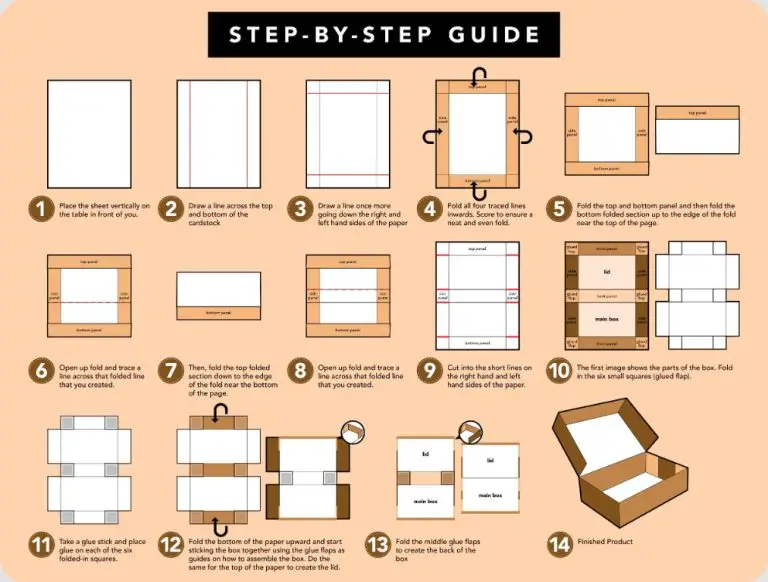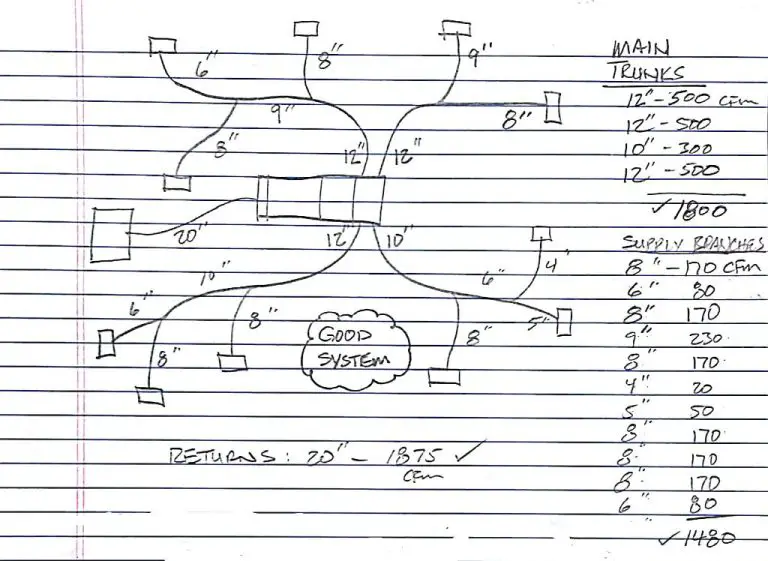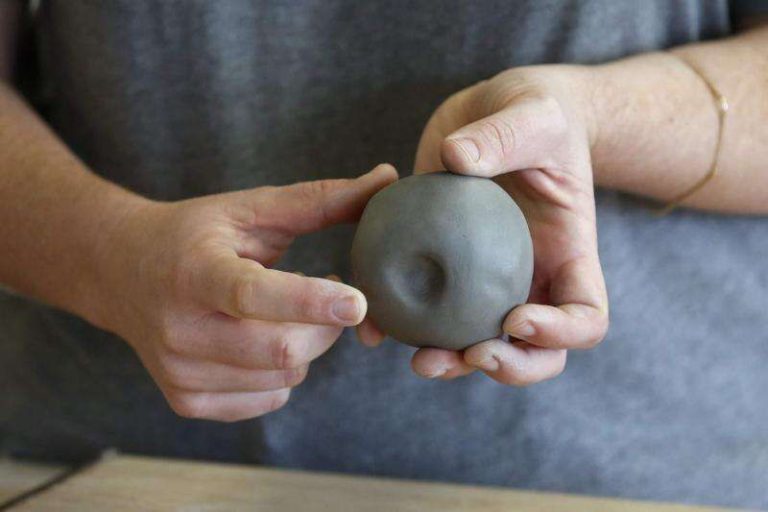Is Homemade Air Dry Clay As Good As Store Bought?
Air dry clay, as the name suggests, is clay that dries or cures with air. It typically has a spongy, soft, and light composition which makes it easy to mold and shape. Air dry clay has become a popular modeling material for crafters and artists because it does not require baking or firing like traditional clays. Some common uses are making jewelry, decorative objects, crafts, kids’ projects, and more (The Spruce Crafts, 2022).
When it comes to air dry clay, crafters have two main options – make it at home using simple ingredients or buy it pre-made from craft stores. Homemade air dry clay has the benefits of being very low cost and fully customizable. Store bought air dry clay offers convenience, consistent results, and a wide variety of colors and types. This article will compare homemade vs store bought air dry clay across factors like cost, texture, durability, drying time, and quality of finished products.
Sources:
https://www.thesprucecrafts.com/air-dry-clay-2905844
Making Homemade Air Dry Clay
Homemade air dry clay is easy to make with just a few simple ingredients. According to the recipe from One Little Project, you’ll need baking soda, cornstarch, and water [1]. The ingredients are:
- 2 cups baking soda
- 1 cup cornstarch (plus more for kneading)
- 1 1/2 cups water
First, add the baking soda, cornstarch, and water to a pot and stir to combine thoroughly. Place the pot on the stove on low to medium heat. Continuously stir the mixture as it heats up and begins to thicken. Once it forms into a ball, remove the clay from the heat [2].
After cooling slightly, place the homemade clay on a flat surface lightly dusted with cornstarch. Knead the clay for a few minutes until it reaches a smooth, dough-like consistency. Add small amounts of cornstarch as needed to reach the perfect texture.
Tips for best results when making homemade air dry clay:
- Use a pot with tall sides to allow room for stirring as the clay thickens.
- Stir continuously to prevent burning on the bottom.
- Knead thoroughly until smooth and elastic.
- Add cornstarch gradually when kneading to get the right consistency.
- Store unused clay in an airtight container.
Buying Store Bought Air Dry Clay

There are several leading brands of store bought air dry clay available. Some of the most popular options include Activa La Doll Premier, Crayola Air Dry Clay, and Jovi Air Dry Clay (https://www.susiebenes.com/blogs/airdryclayart/one-clay-to-rule-them-all-air-dry-clays-for-artists). These clays can be purchased from craft stores like Michael’s, Joann Fabrics, Hobby Lobby, and Blick Art Materials, as well as online retailers like Amazon.
Store bought air dry clay is sold in packages ranging from 1/2 pound to 10 pounds. Expect to pay between $3-$6 for basic 1/2 pound packs, $10-$20 for 2-5 pound packs, and $30-$60 for larger 10+ pound options. Bulk packs offer the lowest per-ounce pricing but require a larger upfront investment. Prices also vary based on the brand, with specialty clays costing more than basic options.
Comparing Costs
The cost of homemade air dry clay is highly variable since you can make it using ingredients found around the house. All you need is flour, salt, water, and a few other common household items like cream of tartar or oil. The total cost can range from pennies per ounce up to a dollar depending on what you already have on hand.
In contrast, store-bought air dry clay costs anywhere from $1-3 per pound. For example, a 2-pound pack of Original Sculpey costs around $13 on Amazon, working out to around $6-7 per pound. Similarly, ArtMinds Air Dry Clay sells for $8-12 for a 2 lb pack. So the cost per pound for store-bought clay consistently falls in the $5-10 range (https://www.susiebenes.com/blogs/airdryclayart/one-clay-to-rule-them-all-air-dry-clays-for-artists).
Making homemade clay only costs pennies per ounce, while store-bought clay is a fixed cost of $1-3 per pound. The tradeoff is convenience versus cost savings. Homemade lets you sculpt on a budget, while premade clay offers consistency and saves time.
Comparing Texture
One of the biggest differences between homemade and storebought air dry clay is the texture. Homemade clay tends to have a grittier, rougher texture compared to the smooth, consistent texture of commercial clays like Sculpey or Crayola’s Model Magic.
The ingredients and production process for storebought clay allow it to have an extremely smooth, silky texture perfect for detailed sculpting work. Homemade clay is more prone to cracking and peeling as it dries due to its coarser texture. When sculpting with homemade clay, it can be more difficult to achieve smooth, refined surfaces without cracks or rough areas.
To improve the texture of homemade clay, many recipes suggest sifting the ingredients to remove any clumps or gritty bits. Adding ingredients like baby oil or glycerin can also help create a smoother consistency. However, it is very difficult to achieve the flawless, professional texture of quality storebought clays. The production process commercial companies use creates an unmatched smoothness.
Overall, those looking to do detailed sculpting work with refined surfaces will likely be happier purchasing a commercial-grade polymer clay rather than trying to improve the texture issues of homemade clay. But for casual sculpting projects, homemade clay can work decently well, especially after taking measures to refine the texture.
Comparing Durability
When it comes to durability and strength, store bought air dry clay tends to be more robust and less prone to cracking or breaking compared to homemade clay. According to The Re-Form School, store bought air dry clay contains ingredients like cellulose fiber that help minimize shrinking and cracking as the clay dries. Homemade clay often lacks these additives, making it more fragile.
Sculpey notes that while air dry clay is more durable than homemade clay, it is still not as sturdy as kiln-fired ceramics when fully dry. So projects made from either homemade or store bought air dry clay need to be handled with care. The air dry clays can break if subjected to too much force or dropping. However, homemade clay is generally more fragile and delicate overall.
For any air dry clay project where durability and reducing cracking are important, store bought clay has an advantage over homemade options. But with proper care, either can produce lasting creations.
Comparing Drying Time
When it comes to drying time, store-bought air dry clays typically dry faster than homemade versions. Store-bought clays are formulated to dry completely in 24-48 hours if left in the open air.[1] Homemade air dry clay can take 3-5 days to fully cure and harden when left to dry at room temperature.[2]
There are some tricks to help homemade air dry clay dry faster. Letting it dry in direct sunlight or in front of a fan can cut down the drying time. You can also bake homemade clay in the oven at 200°F for 10-15 minutes to quickly evaporate the moisture and harden it.[2] Just keep in mind that baking can cause more cracking or damage to detailed sculptures.
Overall, store-bought clay dries noticeably faster than homemade versions. But homemade clay can be dried more quickly with the right techniques.
[1] https://thereformschool.net/2021/01/11/air-dry-clay-buy-or-diy/
[2] https://onelittleproject.com/how-to-make-clay/
Comparing Quality of Finished Product
When it comes to the quality and finish of air dry clay projects, there are some key differences between homemade and store-bought varieties. Store-bought air dry clays like Cloud Clay tend to have a smoother, finer texture that allows for more intricate details. The smoothness comes from carefully calibrated ingredients and production methods. Homemade clay can feel a bit coarser, limiting how refined you can sculpt details.
Smoother clay also leads to a better surface for painting. Store-bought clay sands down easily to create an ideal basecoat for acrylics or other paints. The fine texture clays readily accept paint without showing brush strokes. Homemade clay may have small lumps or an uneven texture that makes painting more challenging. Proper sealing and priming can help homemade clay take paint more evenly.
When dried, store-bought clay delivers more durability and resistance to chipping or cracking. Brand name clays carefully control the drying process and ingredients. Homemade clay dries more erratically, leading to weaknesses that can cause breakage. However, homemade clay can be strengthened by mixing in glue, cornstarch, or baking soda.
Storing Leftover Clay
Properly storing leftover homemade or store-bought air dry clay is important for maintaining its freshness and pliability. Air dry clay dries out quickly when exposed to air, so the key is limiting air exposure.
The most common storage method is tightly sealing clay in a plastic bag or airtight plastic container. Plastic wrap can also be used. The goal is to prevent moisture loss (1). Store sealed clay in a cool, dry place away from direct sunlight. Refrigeration can extend shelf life, but is not required (2).
With proper storage methods, both homemade and commercial air dry clay can last 6 months or longer before drying out. Check stored clay periodically and knead briefly to restore pliability if needed. If clay becomes too stiff, mix in a few drops of water to rehydrate (3). Signs that clay is dried out include cracking, crumbling, and being impossible to reshape.
When reusing previously opened clay, only break off small, workable amounts. Reseal the bulk of the leftover clay to prevent drying out. Avoid repeatedly opening and closing storage containers, as this exposes clay to air each time.
Sources:
(1) https://www.delineateyourdwelling.com/how-to-store-air-dry-clay/
(2) https://www.susiebenes.com/blogs/airdryclayart/storing-air-dry-clay
(3) https://www.gatheringbeauty.com/blog/how-to-store-air-dry-clay
Conclusion
In conclusion, both homemade and store-bought air dry clay have their advantages and disadvantages. Homemade clay is much cheaper to make, but takes more time and effort. The texture and quality can be inconsistent. Store-bought clay has a smooth, consistent texture and dries evenly, but costs more upfront. Both types take 1-3 days to fully dry and can produce high quality finished pieces.
Overall, homemade clay is recommended for beginners and casual crafters who want to save money. The process of making it can be a fun craft itself. Store-bought clay is best for experienced artists requiring consistency and smoother textures. Whichever type you choose, make sure to store any leftovers in an airtight container to prevent drying out.





